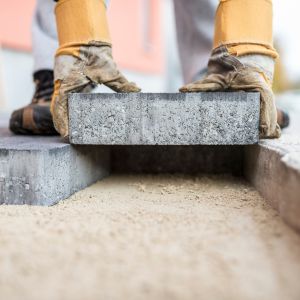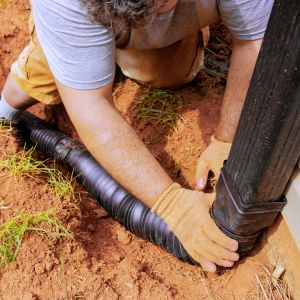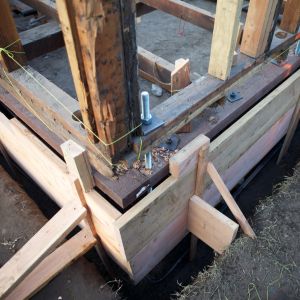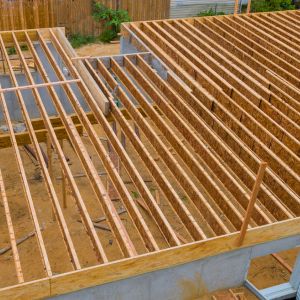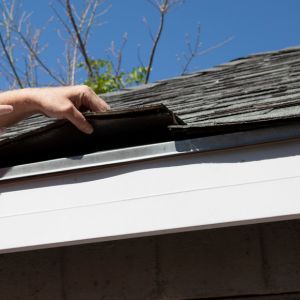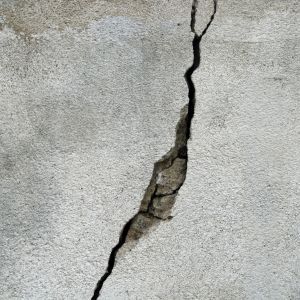Walls are a crucial part of any building’s structural integrity. Neglecting their maintenance can lead to cracks, water damage, and even structural failure. Proper upkeep extends the lifespan of walls, preserves their appearance, and ensures a safe living or working environment.
Common Causes of Wall Cracks and Deterioration
1. Foundation Movement and Settlement
Buildings naturally settle over time, but excessive movement can cause stress on walls, leading to visible cracks. This issue is more prevalent in areas with unstable soil or poor foundation construction. Regular inspections help detect early signs of settlement, allowing for timely intervention.
2. Moisture and Water Damage
Water infiltration weakens wall structures, causing cracks and even mold growth. Leaks from plumbing, roof issues, or improper drainage contribute to moisture accumulation. Waterproofing walls and addressing leaks immediately prevent long-term damage.
3. Temperature Fluctuations and Material Expansion
Extreme temperature changes cause materials like concrete and plaster to expand and contract, leading to cracks. Proper insulation and controlled indoor temperatures reduce stress on wall surfaces, minimizing expansion-related damage.
4. Poor Construction Practices
Inferior materials, inadequate reinforcement, and rushed construction often result in weak walls prone to cracks. Using high-quality materials and following proper building codes significantly improve wall durability.
Preventative Measures to Maintain Wall Integrity
1. Regular Inspections and Early Crack Detection
Conducting routine wall inspections helps identify minor issues before they escalate. Look for hairline cracks, peeling paint, or signs of moisture damage. Addressing small problems early prevents costly repairs later.
2. Proper Waterproofing and Moisture Control
Applying high-quality sealants and waterproof coatings protects walls from moisture infiltration. Installing a drainage system around the foundation prevents water accumulation, reducing the risk of wall deterioration.
3. Reinforcing Walls Against Structural Movement
For buildings prone to settlement, reinforcement techniques like steel bars, carbon fiber strips, or additional bracing improve wall strength. Consulting a structural engineer ensures proper reinforcement measures are implemented.
4. Choosing the Right Paint and Finishes
Selecting durable, moisture-resistant paints helps maintain wall integrity. High-quality acrylic or elastomeric paints provide better flexibility and protection against cracking. Avoid using low-grade materials that deteriorate quickly under environmental stress.
Repairing and Preventing Wall Cracks Effectively
1. Patching Small Cracks Before They Worsen
Minor cracks can be repaired using appropriate fillers and sealants. Plaster-based compounds work well for interior walls, while masonry sealants are ideal for exterior surfaces. Proper sanding and priming ensure a smooth finish before repainting.
2. Reinforcing Larger Cracks with Structural Repairs
For significant cracks, simple patching is insufficient. Techniques like epoxy injections or fiber-reinforced polymer applications strengthen weakened areas. These methods restore wall integrity and prevent further damage.
3. Addressing Underlying Issues
Repairing cracks without resolving the root cause leads to recurring problems. Investigate structural weaknesses, moisture sources, or foundation shifts before applying surface repairs. Fixing the origin of the issue ensures long-term stability.
4. Preventing Future Cracks with Proper Maintenance
Routine repainting, cleaning, and sealing protect walls from environmental stressors. Keeping indoor humidity levels stable also prevents material shrinkage and expansion, reducing the likelihood of new cracks forming.
Structural Reinforcement for Enhanced Wall Stability
1. Strengthening Load-Bearing Walls
Load-bearing walls support the building’s structure and require extra reinforcement. Installing steel beams, additional framing, or using high-strength concrete enhances their durability. Regular assessments by professionals ensure long-term stability.
2. Securing Exterior Walls Against Harsh Weather
Exterior walls face constant exposure to the elements. Weatherproofing with stucco, stone veneer, or fiber cement panels provides extra protection. Applying UV-resistant coatings also helps prevent paint deterioration and surface weakening.
3. Protecting Interior Walls from Damage
Preventing impact damage from furniture, doors, or everyday use extends the life of interior walls. Using protective wall panels, baseboards, and corner guards minimizes wear and tear, preserving wall aesthetics and function.
Final Thoughts on Wall Maintenance
Regular maintenance and proactive repairs ensure walls remain in excellent condition for years. Whether addressing minor cracks, reinforcing structures, or preventing moisture damage, proper care enhances safety and property value.

